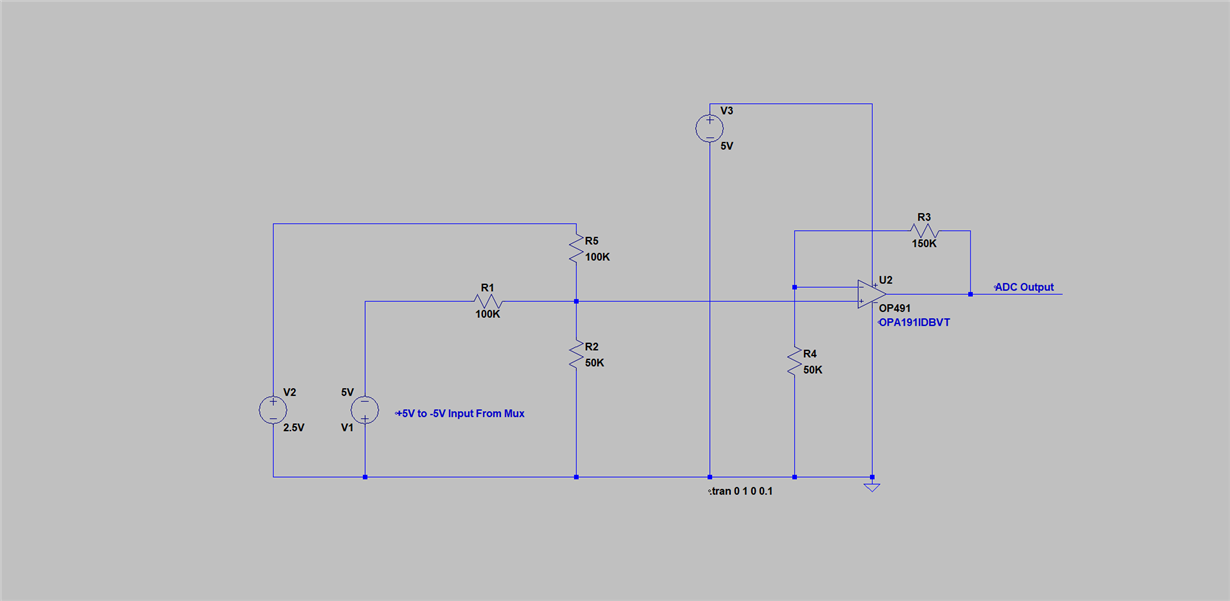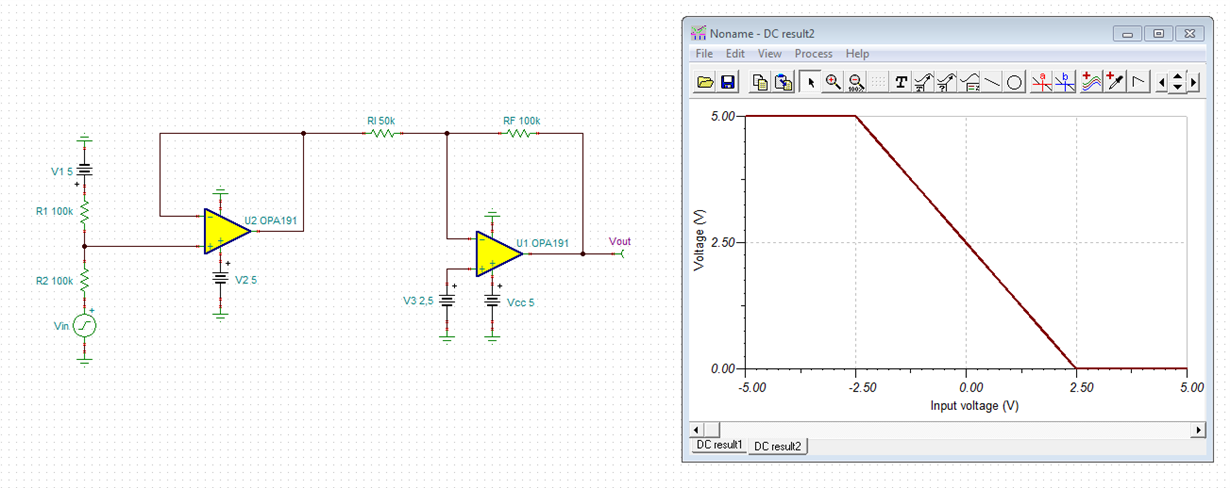Other Parts Discussed in Thread: TINA-TI
Hi,
I am just about to use the OPA191IDBVT op-amp as a non-inverting amplifier, with the op-amp being powered from +5V and 0V.
My question is if the + input on the non-inverting amplifier drops below 0V, say 200mV, will the input protection diodes on this op-amp prevent the op-amp destroying itself, or should i put a BAT54 on the input between the + input and the 0V rail?
Look forward to your reply.
Thanks,
Rocketman46





